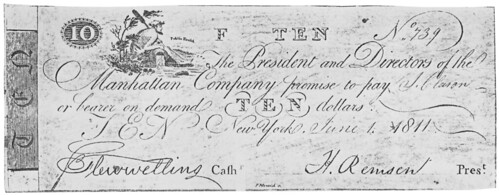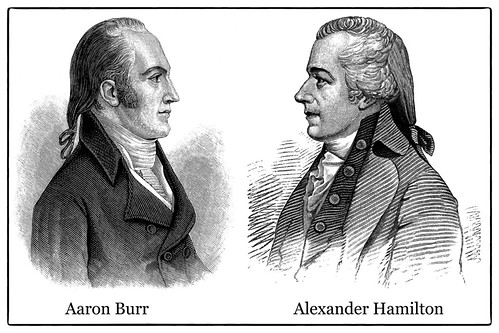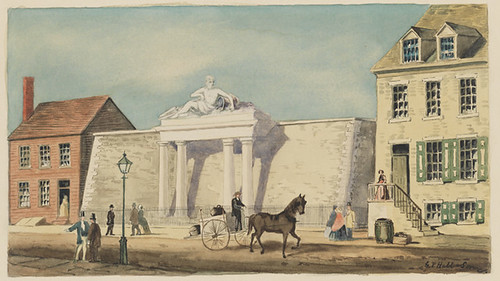
PREV ARTICLE
FULL ISSUE
PREV FULL ISSUE
WATERY ORIGIN OF AMERICA'S LARGEST BANKThis didn't make the cut last week, but I wanted to share this interesting article on the origin of one of the largest banks in the world, JPMorgan Chase. There's a numismatic connection of course, and here it is. -Editor In the 1790s, New York City suffered a yellow fever outbreak basically every year. The mechanism of disease outbreaks (cholera was another common one in cities) wasn't understood, but somehow people realized that having stagnant wastewater sitting in gutters wasn't great, and that clean drinking water would be nice. So the city's Common Council proposed a publicly constructed water system. Enter former New York attorney general; former U.S senator from New York; former (unsuccessful) vice-presidential candidate; and newly minted head of the New York State Assembly: Aaron Burr — part of a group of newly elected anti-Federalists. Burr pushed a proposal made by his doctor brother-in-law, Joseph Browne, to privatize water delivery. Browne proposed a company that would pipe fresh water into Manhattan from the Bronx River and charge households $10 per year for 30 gallons of daily fresh water. (If a household only wanted access to water for use in firefighting: $2 per year.)
In order to convince the Federalists on the Common Council, Burr
Except Burr managed to slip in some rather important changes at the last minute. (Guess Hamilton wasn't in the room where it happened.) According to Maura Ferguson and Sarah Poole, who co-curated the Museum of American Finance's
In other words, the water company could use surplus funds for financial operations of its choosing. By the fall of 1799, most of the company's cash was being used for the Bank of the Manhattan Company. As Ferguson and Poole wrote:
" Whoops, Alexander. The company didn't end up fulfilling its water mission. Rather than piping in water from the Bronx, it used ground wells — some of which weren't sanitary — and didn't provide nearly enough water for a growing city. The company also didn't repair streets after laying pipe, which led to a legal fight with the city. Ultimately, Ferguson and Poole add:
It wasn't until the 1830s that the Croton Aqueduct was created, and finally gave New York City reliable, clean water distribution. For a final fascinating (and funny) paragraph, back to Ferguson and Poole:
To read the complete article, see:
For additional articles on NYC water history, see:
Wayne Homren, Editor The Numismatic Bibliomania Society is a non-profit organization promoting numismatic literature. See our web site at coinbooks.org. To submit items for publication in The E-Sylum, write to the Editor at this address: whomren@gmail.com To subscribe go to: https://my.binhost.com/lists/listinfo/esylum All Rights Reserved. NBS Home Page Contact the NBS webmaster 
|




